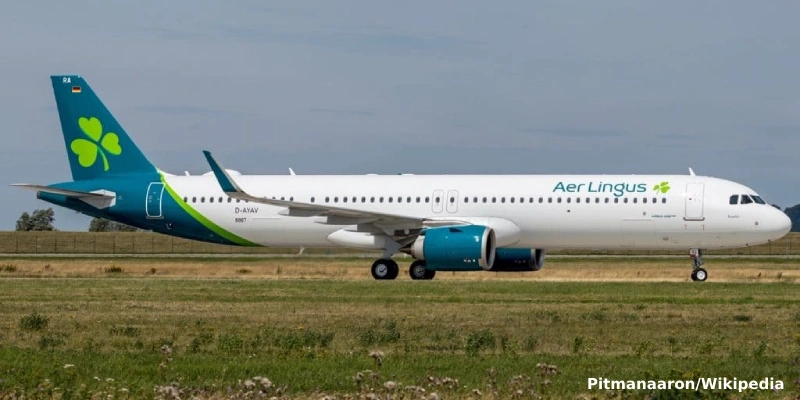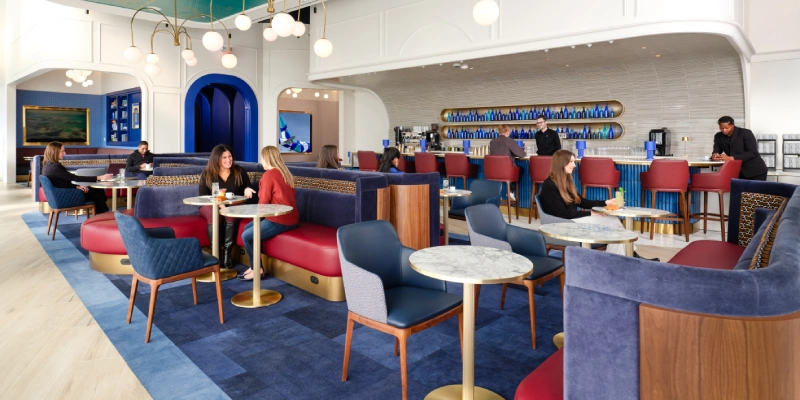Singapore’s Changi Airport, one of the most renowned in the world, has officially commenced construction on its Terminal 5 (T5), an ambitious project set to redefine global aviation standards in connectivity, efficiency, and sustainability. The groundbreaking ceremony was led by Singapore’s Prime Minister and Minister for Finance, Lawrence Wong, marking the dawn of a new era for Southeast Asia’s premier air hub.
Capacity and Expansion: Future-Ready
Designed as an integrated extension of the existing terminals, T5 will handle approximately 50 million passengers annually in its first phase, slated for completion by the mid-2030s. This expansion comes at a strategic time, as the Asia-Pacific region is projected to experience some of the highest growth in air traffic over the next two decades.
With this project, Singapore reinforces its ability to capitalize on the sustained growth of the aviation sector, both regionally and globally. The Singapore Airlines Group will consolidate all its operations under one roof at T5, ensuring a seamless experience for passengers and greater logistical efficiency for the nation’s flagship carrier.
World-Class Land and Sea Connectivity
For the first time in its history, Changi Airport will feature an integrated land transport hub within the terminal. This hub will connect trains, buses, taxis, and other services, significantly improving access to the airport from across the city.
Plans are already underway to extend two key MRT lines—the Thomson-East Coast Line and the Cross Island Line—to T5, linking it directly to Singapore’s city center and other strategic locations. Additionally, enhanced air-sea integration will facilitate ferry connections to nearby destinations, elevating the airport as an unprecedented intermodal hub.
→ FAA Restores Thailand’s Top Aviation Safety Rating After a Decade
Automation and Efficiency: A Smart Terminal
T5 is envisioned as a terminal of the future, with automated processes for both passenger services and internal operations. Technologies currently in testing will be deployed at scale, reducing reliance on manual labor and ensuring efficient, sustainable operations.
Key features include contactless touchpoints, designed to minimize disease transmission—a direct lesson from the COVID-19 pandemic. The terminal will also have the flexibility to operate as independent sub-terminals when needed, simplifying the management of high-risk passengers.
Sustainability at Its Core
Environmental commitment is another cornerstone of T5’s design. The building has been certified Green Mark Platinum Super Low Energy, guaranteeing top-tier energy efficiency. The terminal will run on clean energy and feature an intelligent building management system.
A standout feature is the rooftop solar panel array, one of the largest in Singapore, capable of powering approximately 20,000 four-room households for a full year.
Human-Centric and Functional Design
Inspired by Singapore’s fusion of nature and urbanism, T5’s architecture features a series of curved, overlapping roofs at varying heights, creating warm and inviting spaces within a massive infrastructure. This approach aims to soften the sense of scale and foster a welcoming environment for travelers.
Internal mobility has also been meticulously planned: travellators and an automated system akin to the Skytrain will minimize walking distances, efficiently connecting T5 to Terminal 2. Intuitive signage and naturally guided pathways will ensure passengers can easily locate their boarding gates without excessive visual cues.
A Project with Strategic Vision
T5’s design was spearheaded by a consortium led by KPF Associates, alongside Heatherwick Studio and architects61. The pandemic paused work in 2020, but construction resumed in 2022 with enhancements informed by lessons learned.
T5 is part of the broader Changi East development, a 1,080-hectare area that also includes the Changi East Industrial Zone (CEIZ) and the Changi East Urban District (CEUD). While CEIZ will bolster Singapore’s position as an aerospace maintenance and logistics hub, CEUD will emerge as a business and lifestyle precinct adjacent to the new terminal.
“The goal is for T5 to be mega yet welcoming, true to Changi’s DNA: personalized, stress-free, and positively surprising,” said Yam Kum Weng, CEO of Changi Airport Group. With every project detail revealed, it’s clear that T5 is not just a new terminal but a strategic investment in the future of aviation in Asia.
Related Topics
Southwest to Open New Crew Base in Austin, Creating Over 2,000 Jobs
Aer Lingus to Fly Between Dublin and Pittsburgh Starting May 2026
Royal Air Maroc Announces First Non-Stop Service Between Casablanca and Los Angeles
BlueHouse: JetBlue to Open Its First VIP Lounge at New York’s JFK Airport

Plataforma Informativa de Aviación Comercial con 13 años de trayectoria.




